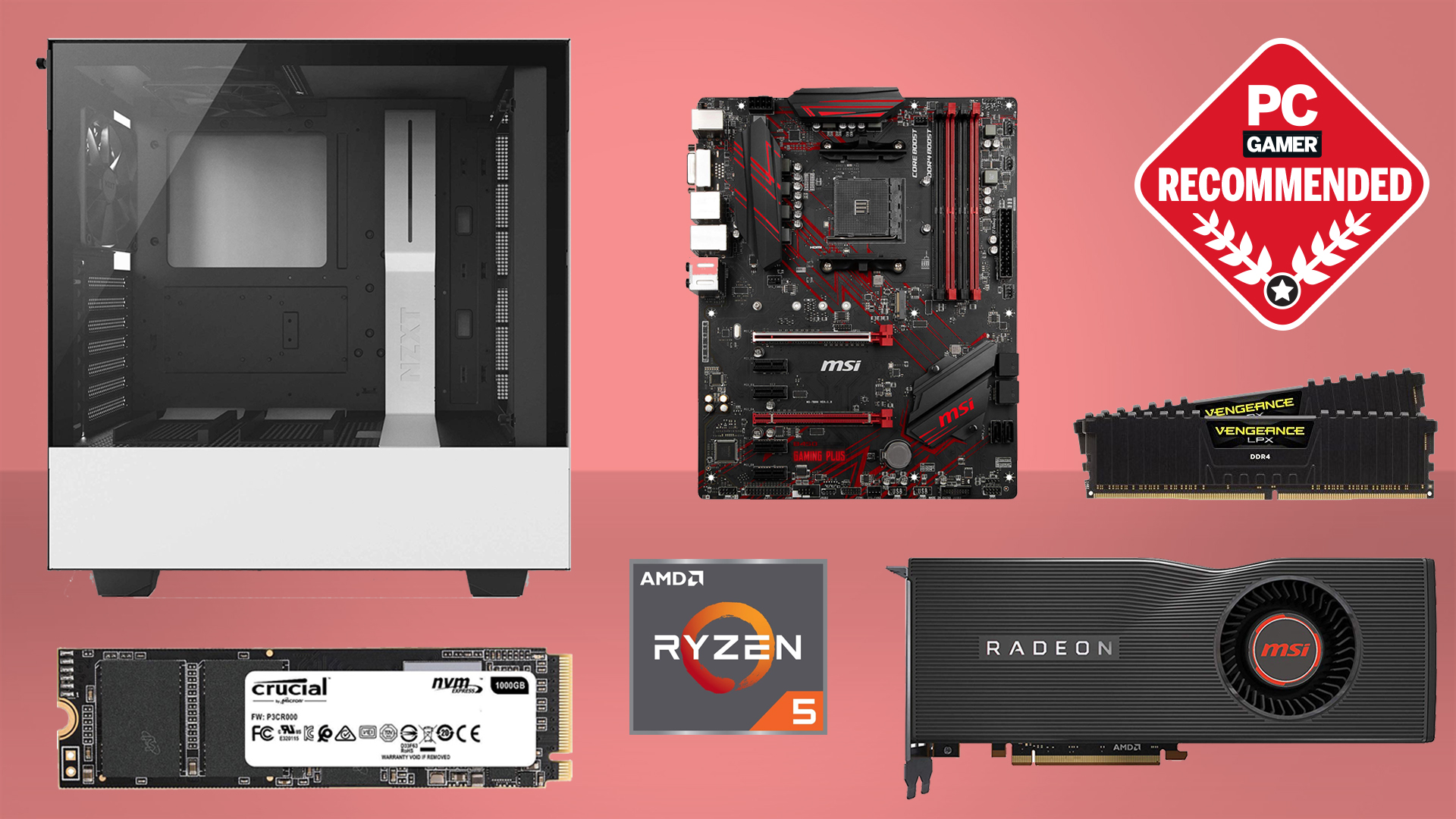This breakthrough tech allows Wi-Fi signals to literally break through walls
Or bounce through a convoluted maze to get through a wall, but still no reflections!

Home internet is a wonderful thing, connecting people around the world to limitless information from the comfort of their couch. That is, when it works. If you live somewhere with a shoddy connection, bad providers, or even just thick walls you can run into problems from either your ISP or just your Wi-Fi, whatever that stands for.
For many, solving the in-home Wi-Fi solution can end up costing big bucks, and involve a lot of trial and error. There are so many things that could potentially be getting in the way of your signal, it can often be difficult to nail down one single cause.
This is one of the reasons there are so many different kinds of routers and other products to help get people connected in the home. Wi-Fi range extenders have become increasingly popular, as even small apartments can run into problems where devices connect just fine in one room and not in another.
Another solution is to try dealing with some of the interferences, rather than boosting the Wi-Fi signal. However, when that interference is something permanent like a wall, that can be a problem. The good news is the folks at the Vienna University of Technology and the University of Rennes have found an interesting solution.

Best CPU for gaming: The top chips from Intel and AMD
Best gaming motherboard: The right boards
Best graphics card: Your perfect pixel-pusher awaits
Best SSD for gaming: Get into the game ahead of the rest
A paper published on Nature.com (spotted by NewsWeek) shows the work of scientists who have designed an anti-reflective Wi-Fi solution. It works by using calculations to set up a series of obstacles for the signals, so rather than being reflected immediately by the surface they are sort of ushered through.
It does sound a bit pie in the sky for now, but the team has proven success with a calculated model and has even had success in experiments. Plus, because the calculations can be determined via algorithms, they could have other potential uses.
"You first have to simply send certain waves through the medium and measure exactly how these waves are reflected by the material," said co-author Michael Horodynski. "We were able to show that, with this information, a corresponding compensating medium can be calculated for any medium that scatters waves in a complex way, so that the combination of both media allows the wave to pass completely. The key to this is a mathematical method that can be used to calculate the exact shape of this anti-reflective coating" said Horodynski.
We're not saying you should throw away your fancy mesh Wi-Fi system or slew of extenders just yet, but we are looking forward to a future in which they might no longer be needed.
Keep up to date with the most important stories and the best deals, as picked by the PC Gamer team.

Hope’s been writing about games for about a decade, starting out way back when on the Australian Nintendo fan site Vooks.net. Since then, she’s talked far too much about games and tech for publications such as Techlife, Byteside, IGN, and GameSpot. Of course there’s also here at PC Gamer, where she gets to indulge her inner hardware nerd with news and reviews. You can usually find Hope fawning over some art, tech, or likely a wonderful combination of them both and where relevant she’ll share them with you here. When she’s not writing about the amazing creations of others, she’s working on what she hopes will one day be her own. You can find her fictional chill out ambient far future sci-fi radio show/album/listening experience podcast right here.
No, she’s not kidding.

